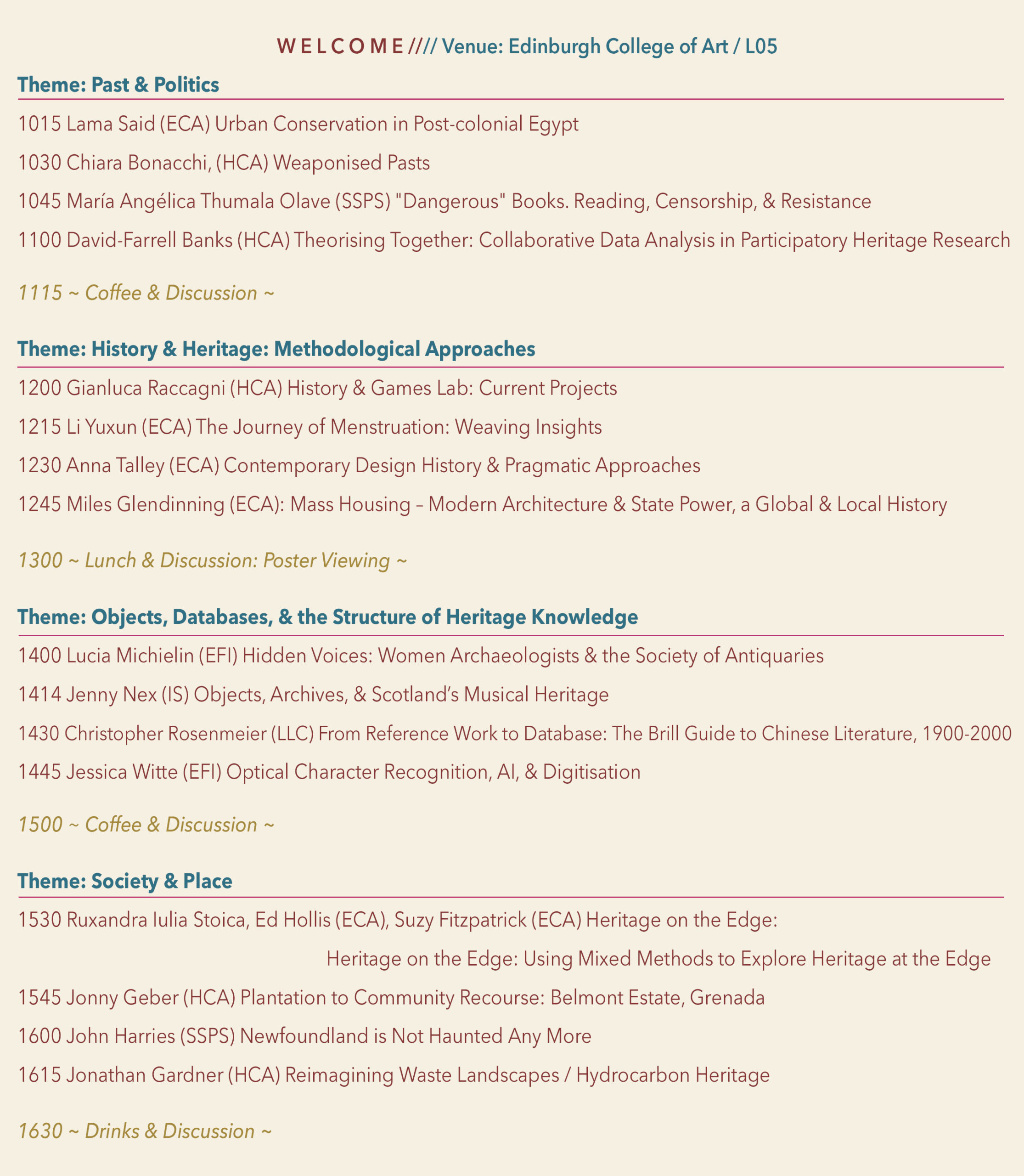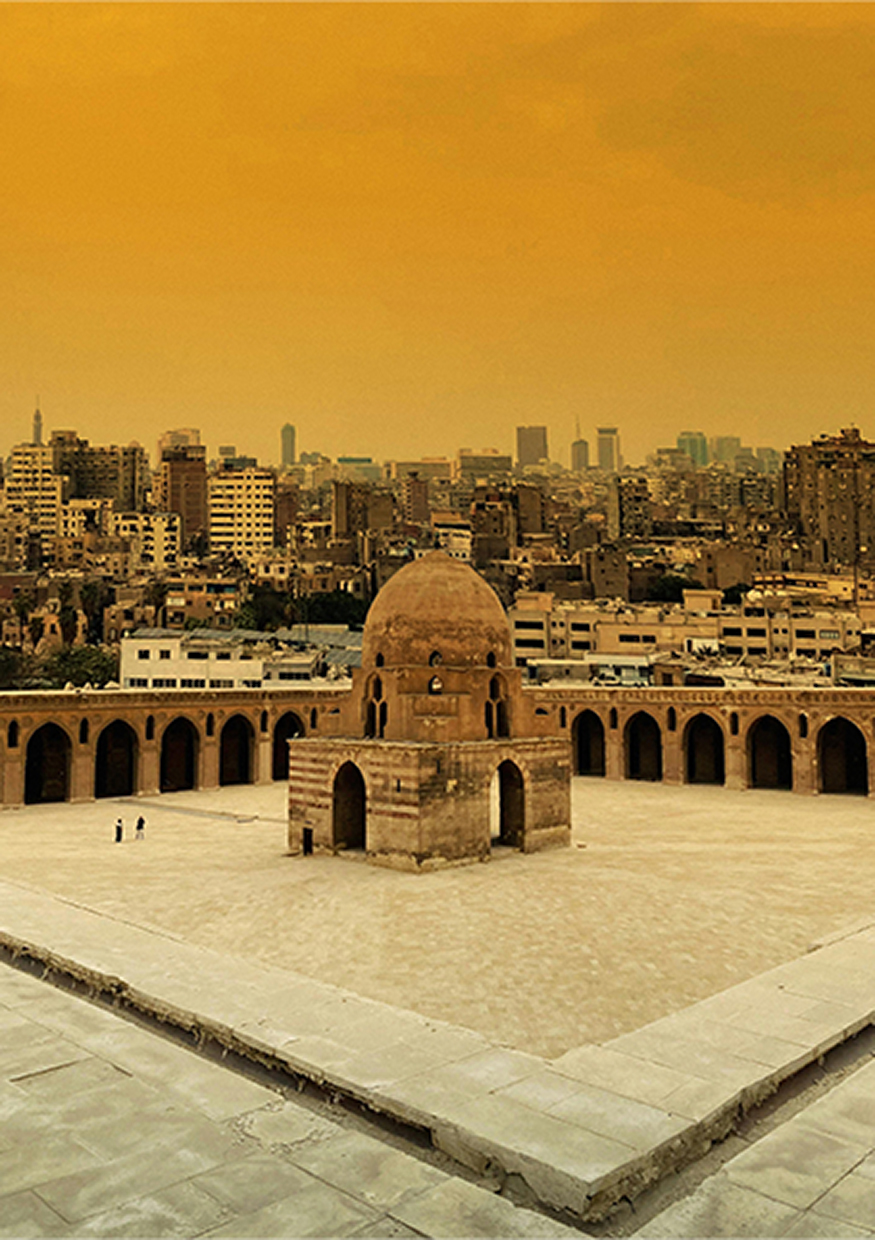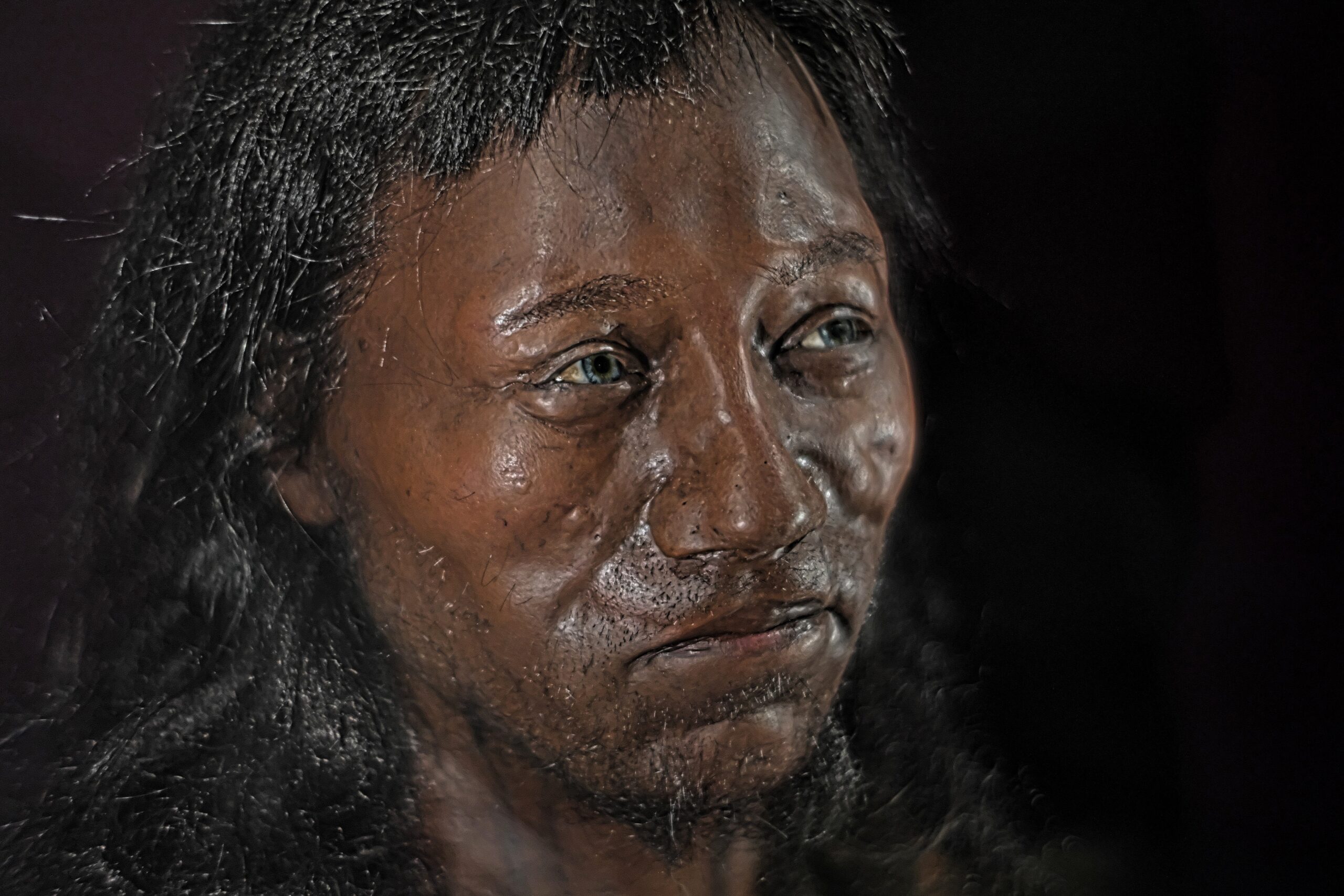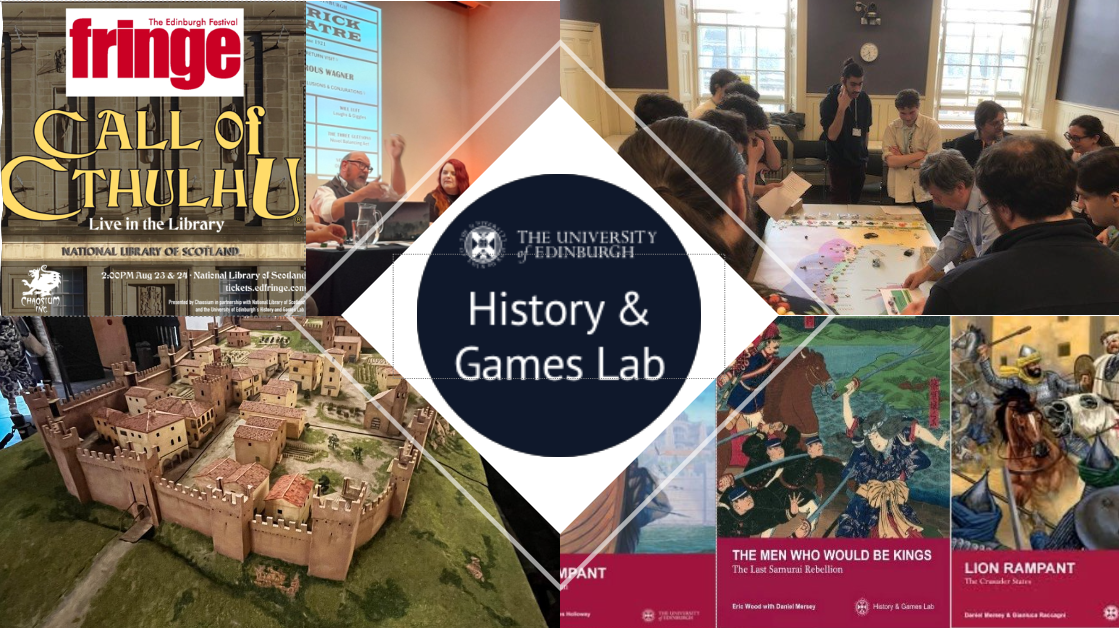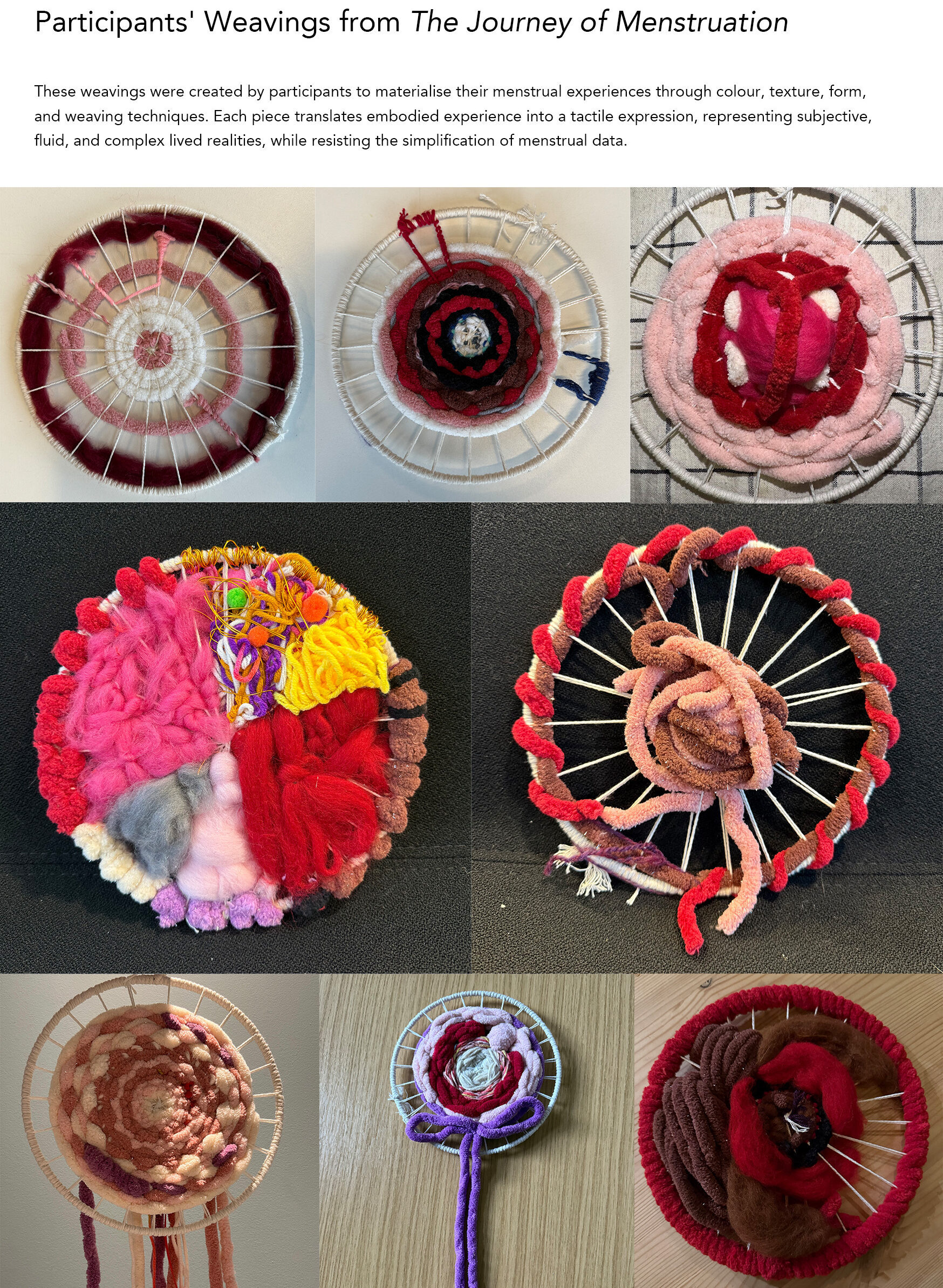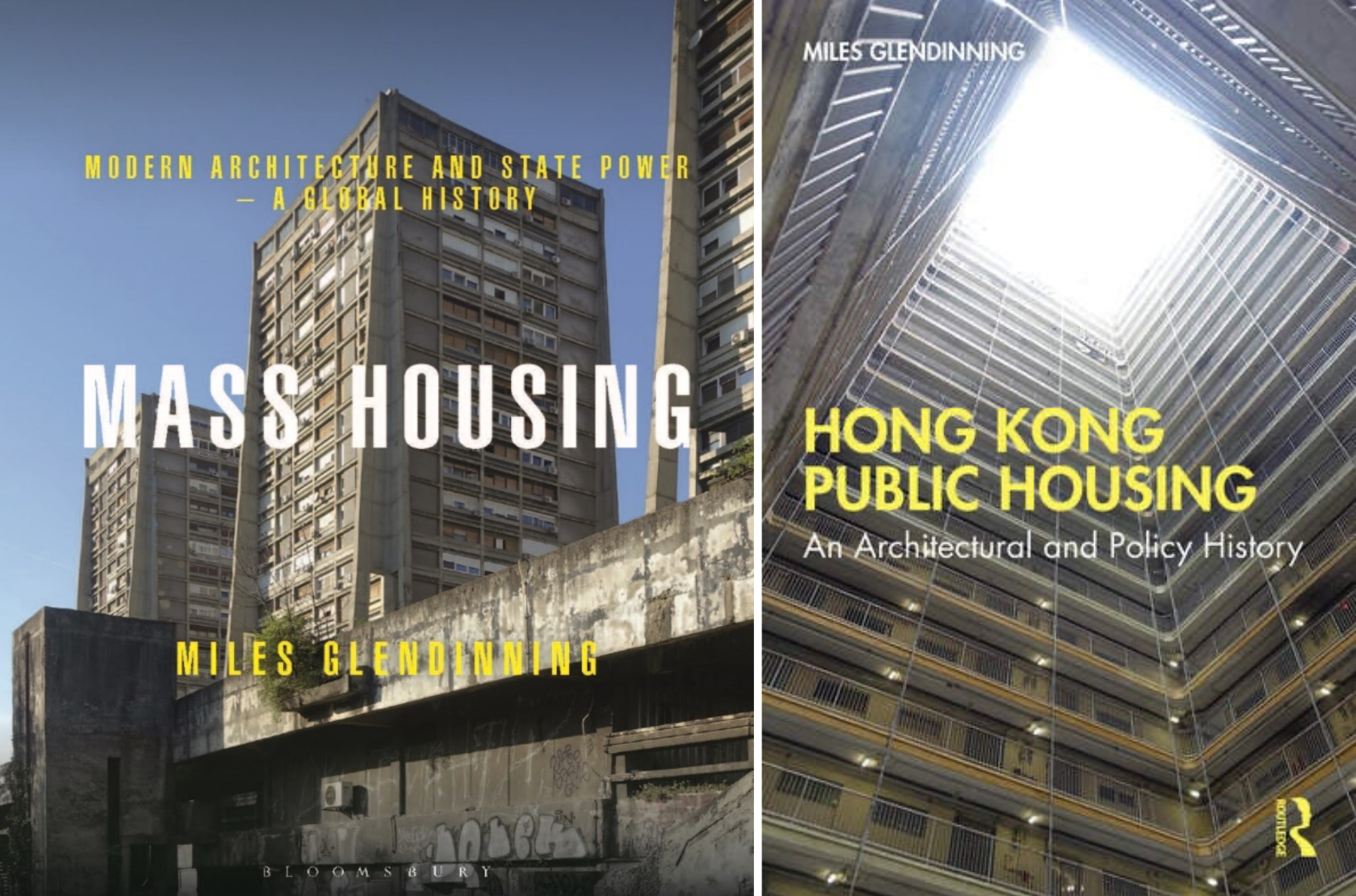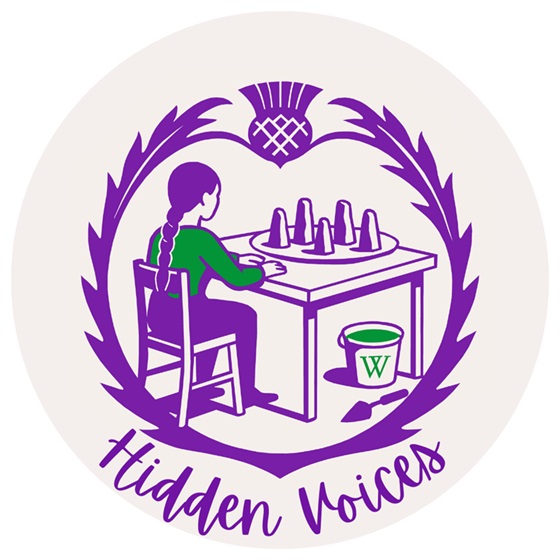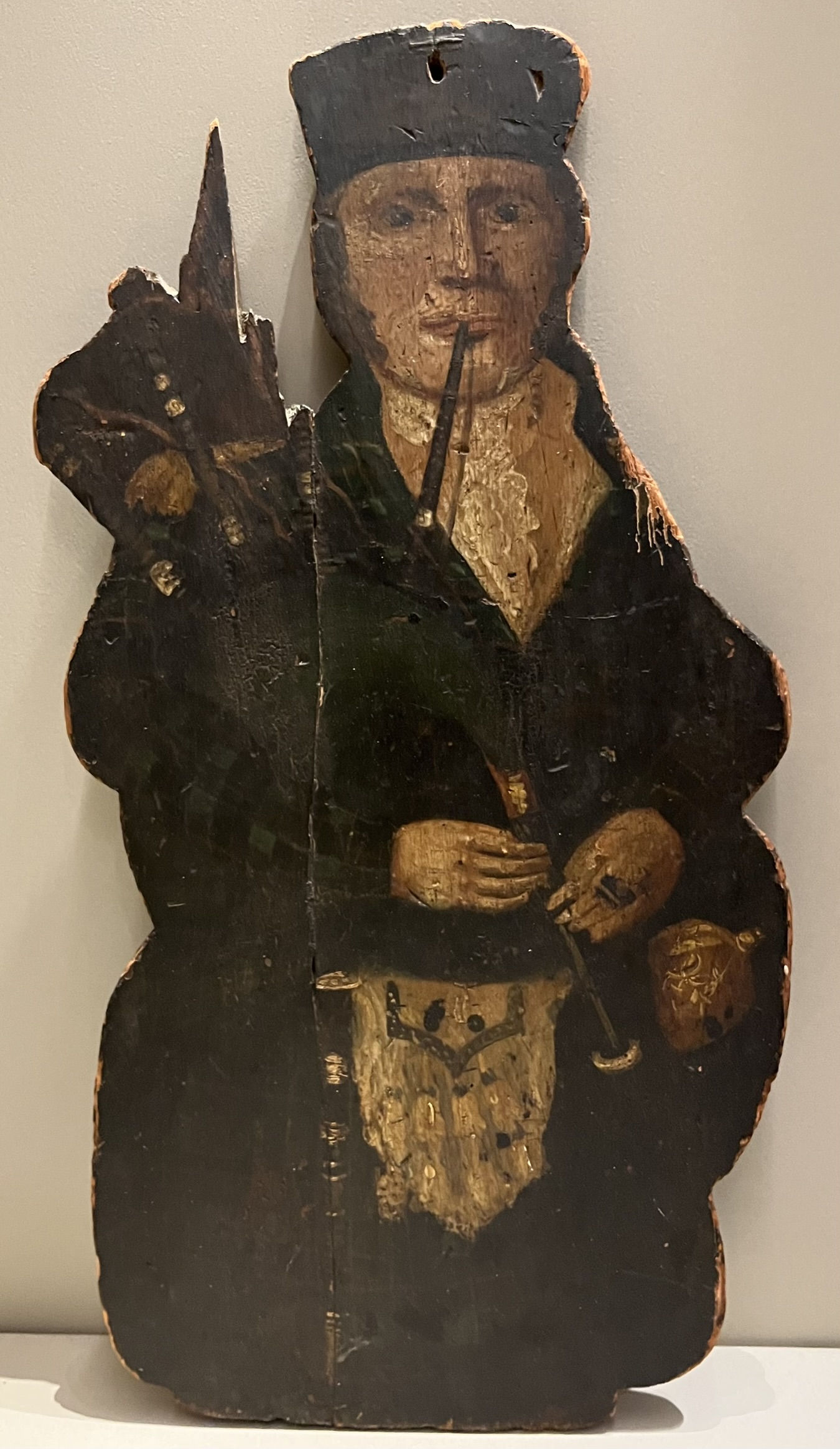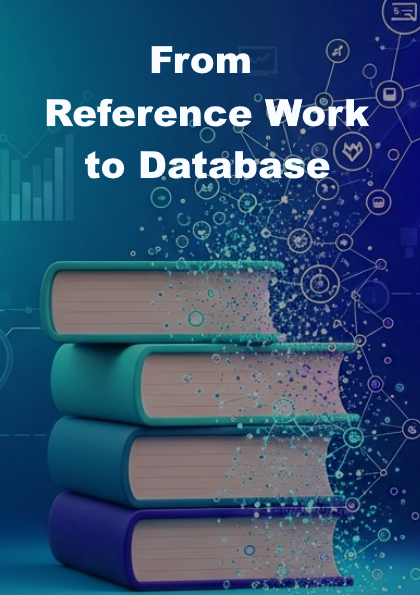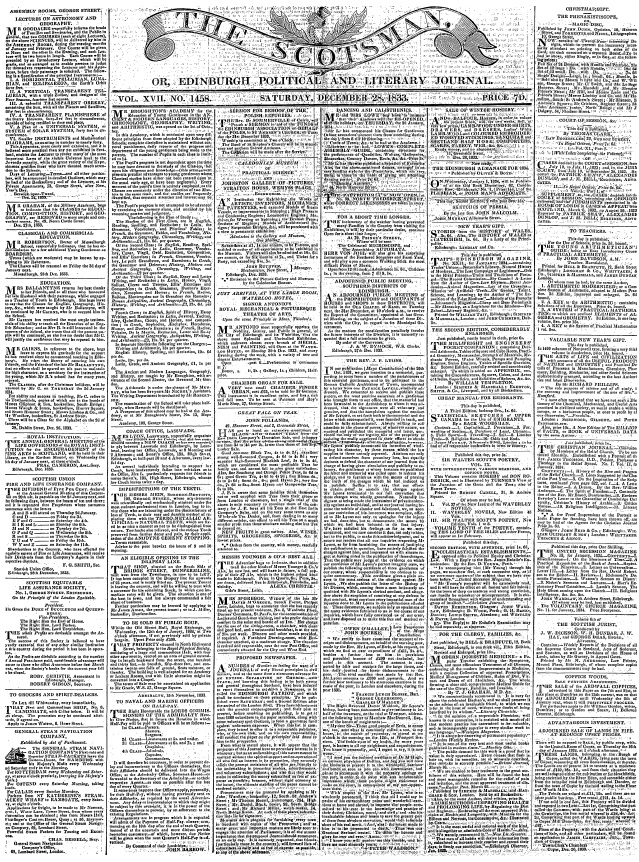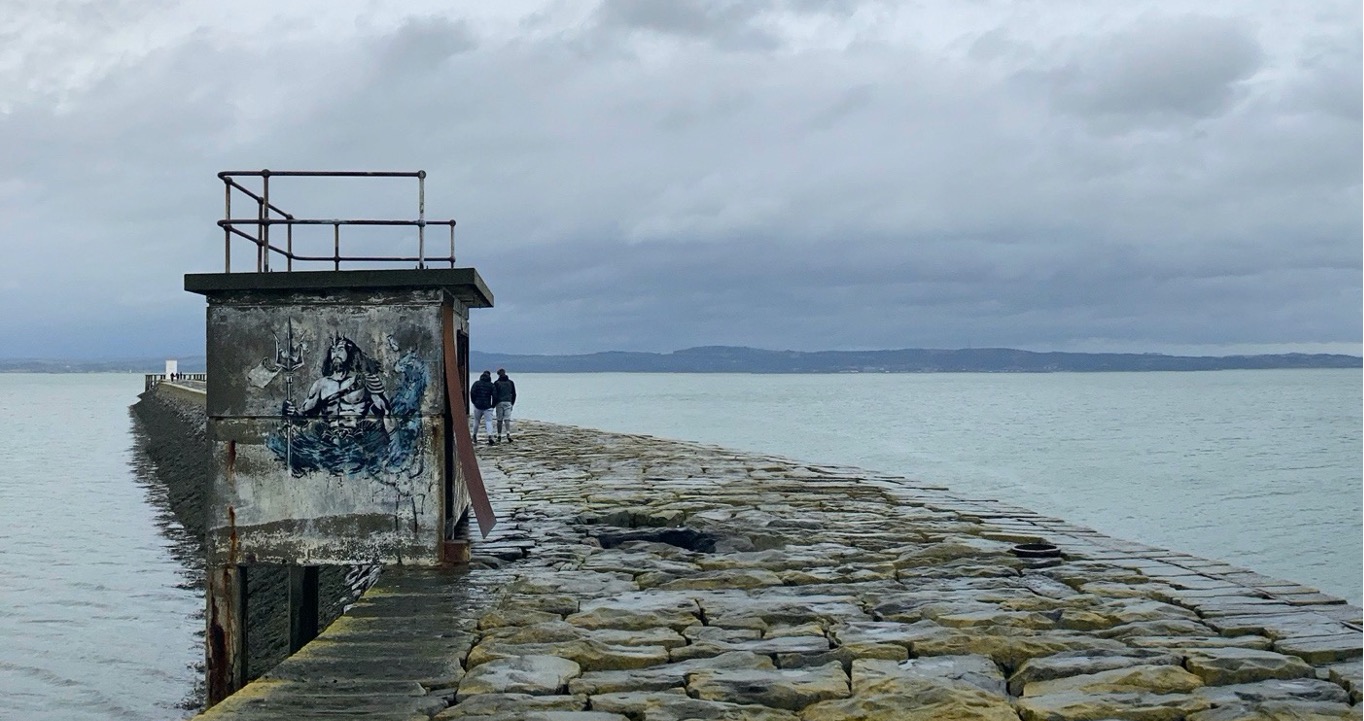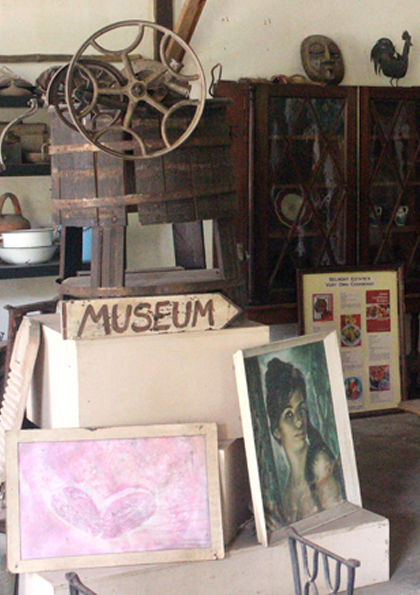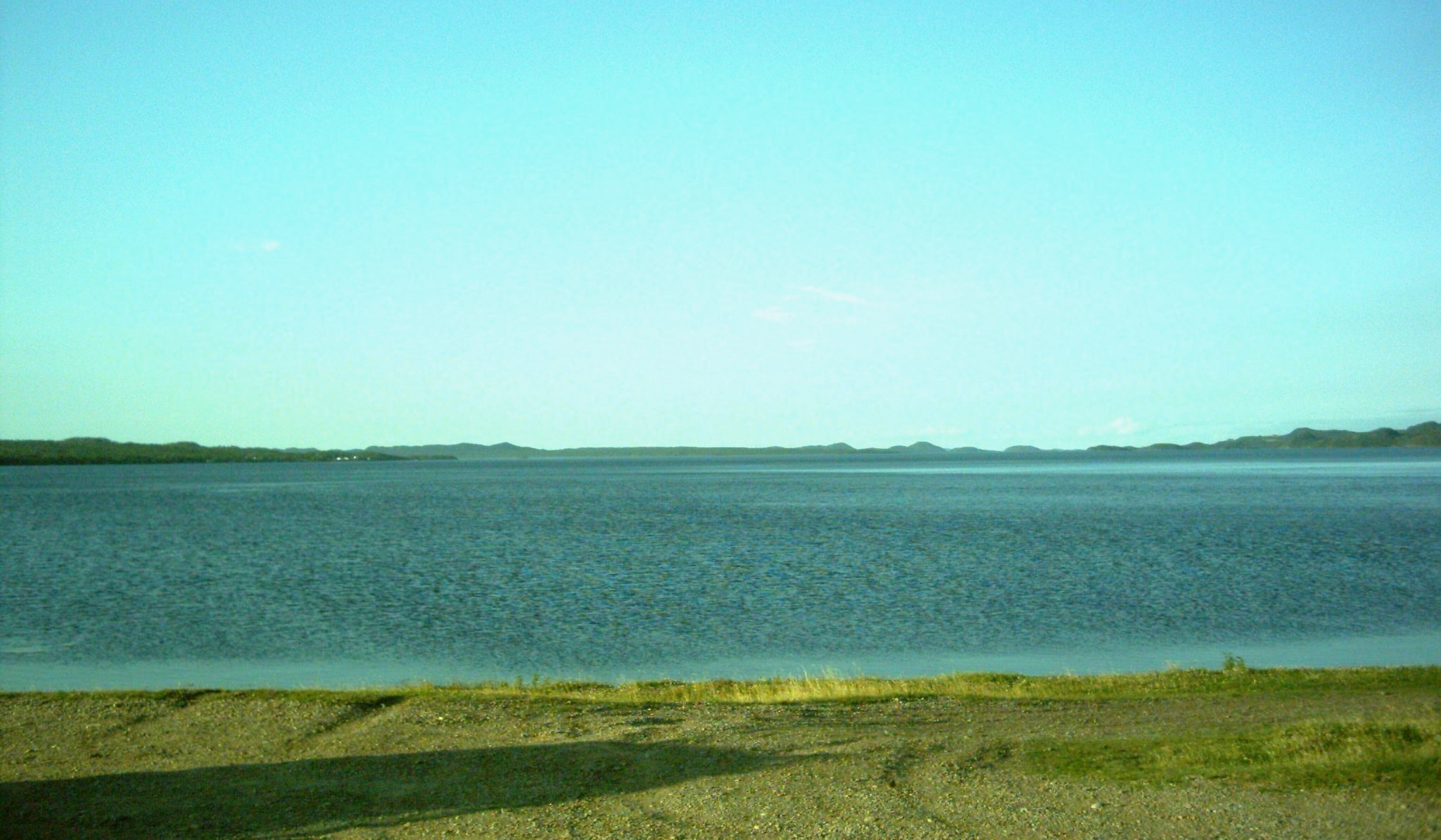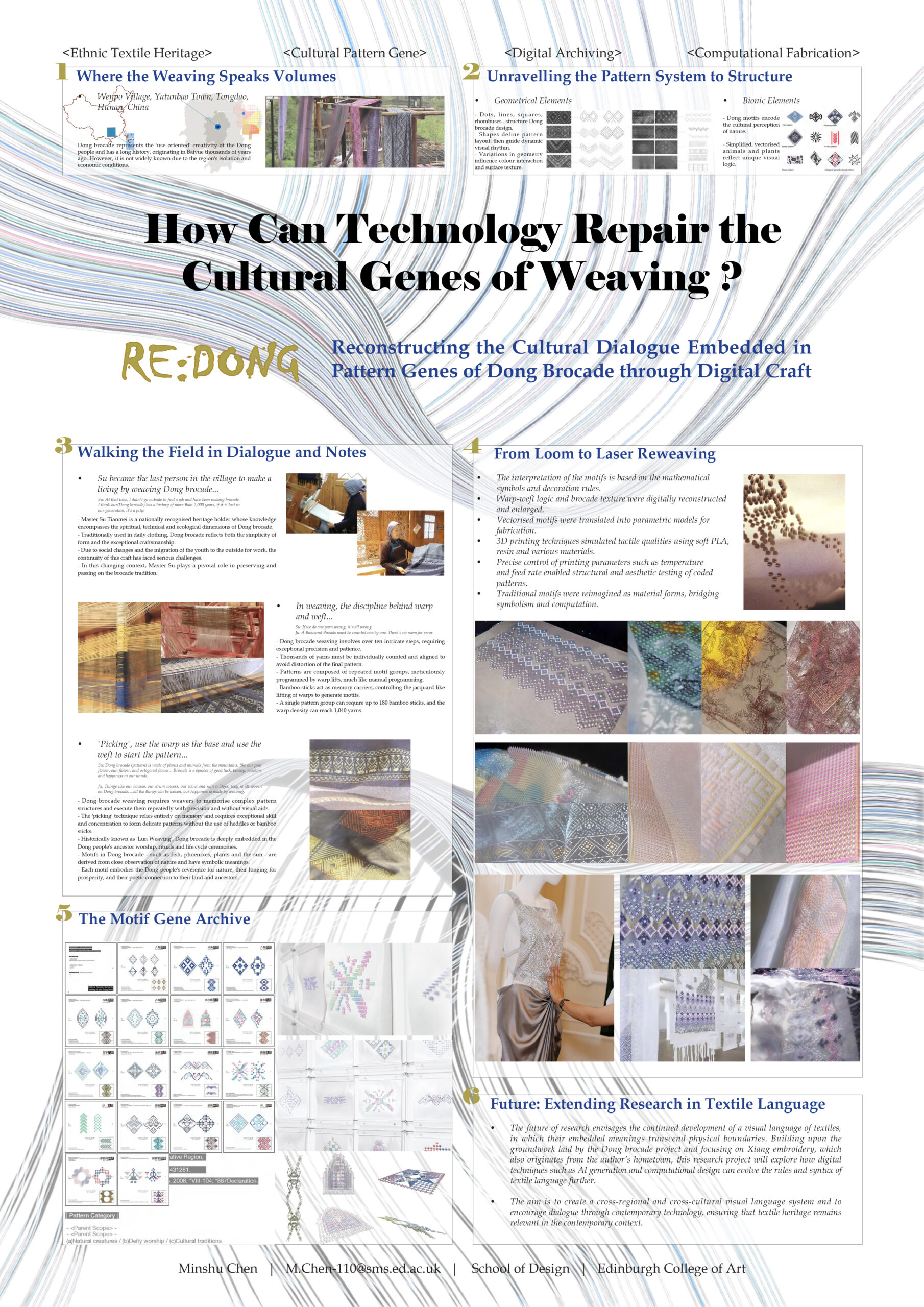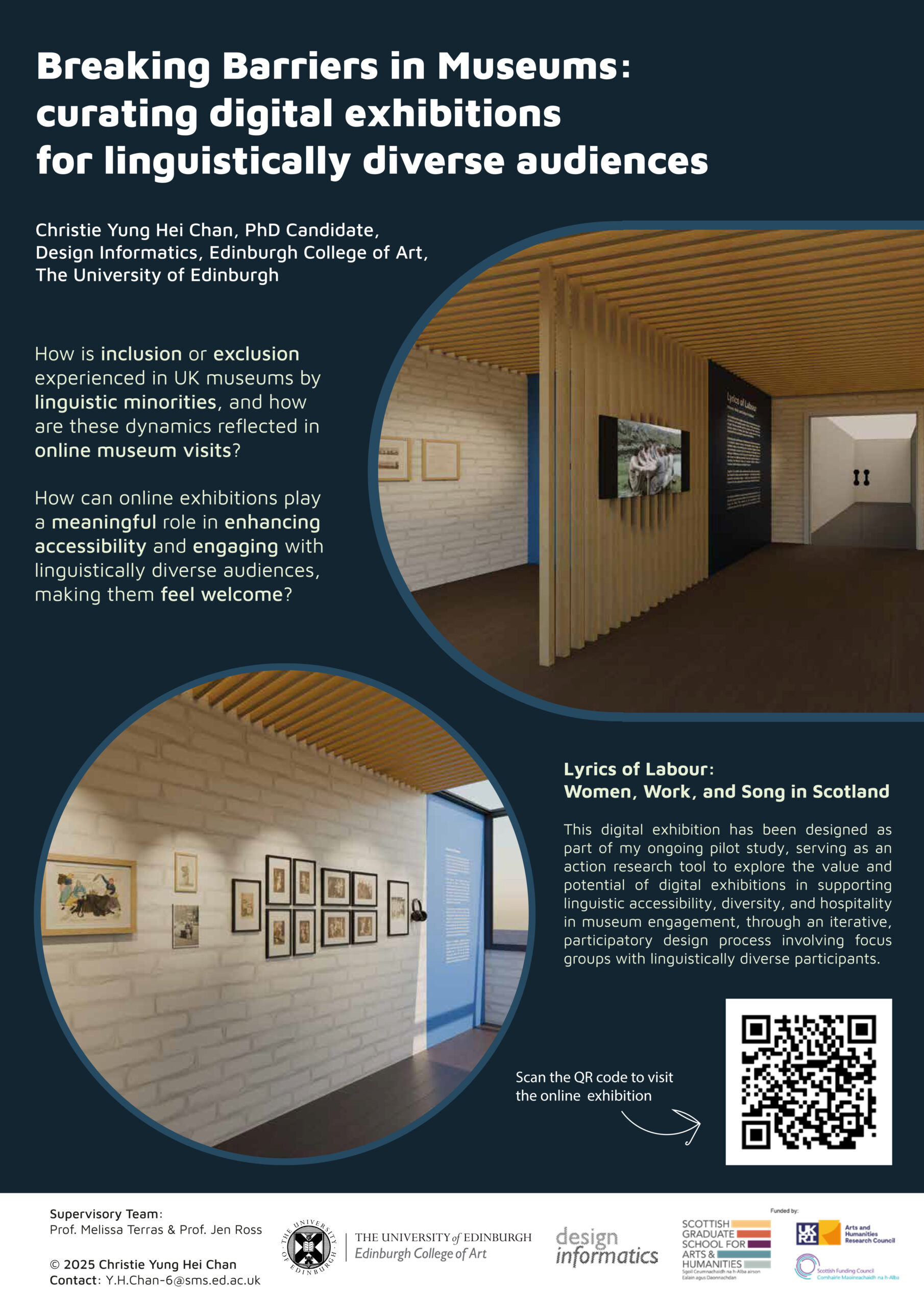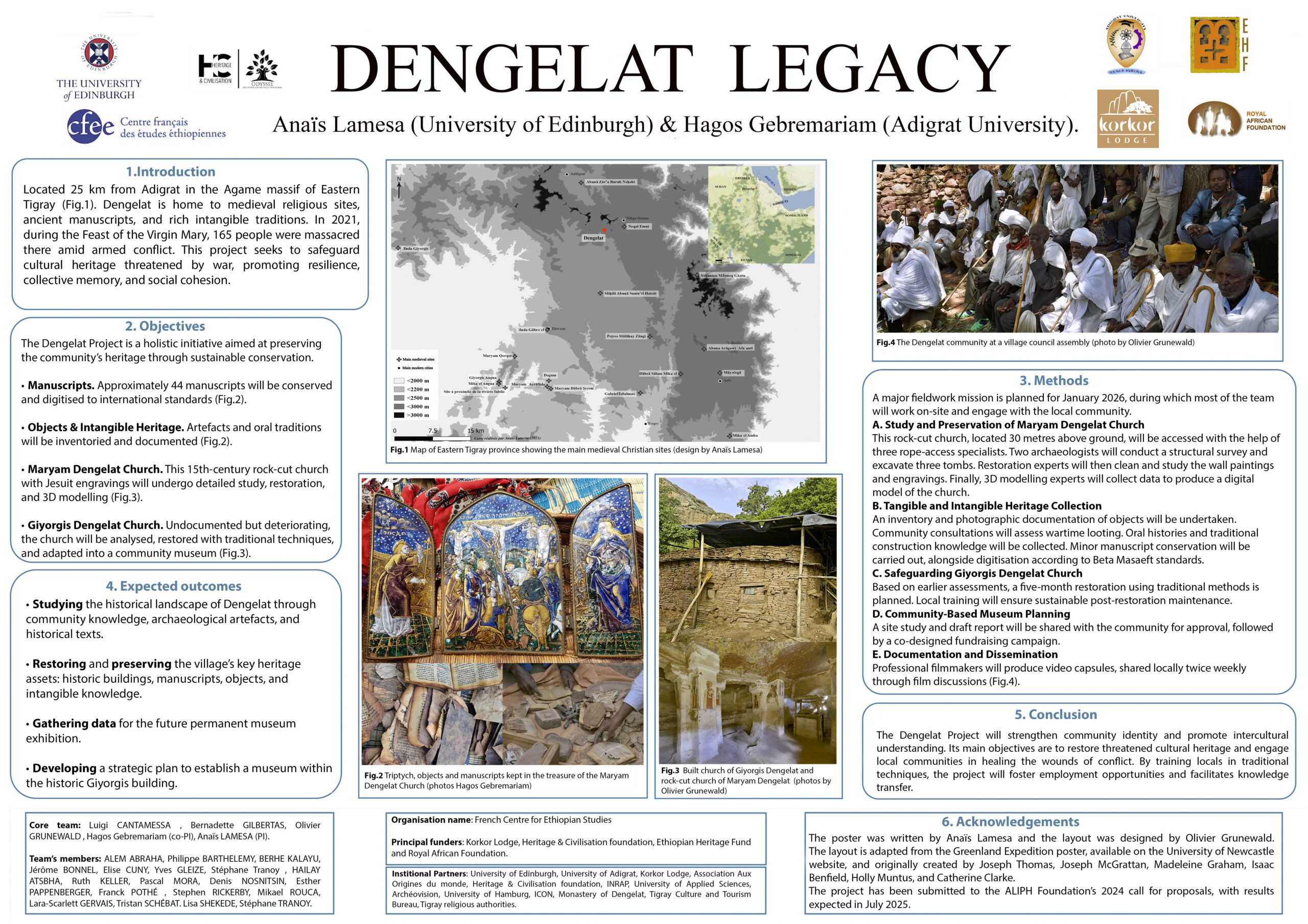On 19th June, the CAHSS Cultural Heritage Research Theme are delighted to invite you to a micro-conference exploring the breadth and innovation of cultural heritage research across the University of Edinburgh, which we expect to run 1000-1700, and to be located at Edinburgh College of Art Boardroom, L.05.
Full Address: Edinburgh College of Art Main Building Board Room Edinburgh College of Art Main Building, Board Room (L05), 74 Lauriston Place, Edinburgh, EH3 9DF
This day will be designed to provide the opportunity to share work through the form of 10 minute ‘lighting talks’ and informal networking on the day. This event will be on campus and in person only, although we shall record talks, and invite those who can’t join us to share their work through posters.
We expect the day itself to run in three or four panels, with time for networking in between and afterwards. Refreshments will be provided. Poster below, followed by detailed bios and abstracts.
/////////////////////////// BIOS & ABSTRACTS ///////////////////////////
Lama Said (ECA) Urban Conservation in Post-colonial Egypt
Abstract: Until Egypt’s independence in the 1950s, built heritage discourses and practices were dominated by European elites and were often incompatible with the local context. Despite decolonisation efforts, many of these colonial-era notions persist today. These include a top-down monumentalist approach which treats built heritage as isolated artefacts, disregards intangible aspects and reinforces orientalist views of local inhabitants. This has led to the museumification of living heritage, the prioritisation of ‘ancient’ heritage and an uneasy relationship between conservation and development. Aiming to contribute to ongoing debates on colonial legacies, my research problematizes the continuing impact of colonialism on urban conservation in post-colonial Egypt. Reflecting on the history of the discipline, I aim to highlight alternative histories and examine the various factors that shaped post-colonial urban conservation. Through archival research, case studies and interviews, I aim to critically reflect on how colonial legacies are reproduced in post-colonial urban conservation and build on ongoing discussions about heritage knowledge production and its interaction with practice.
Biography: Lama is a SGSAH-funded PhD candidate in Architecture and a tutor at ESALA. She is an architect specialising in built heritage and formerly ICCROM’s Continuing Education Manager. She holds a BSc in Architecture from Alexandria University and an MSc in Architectural Conservation from the University of Edinburgh on a Chevening Scholarship.
Chiara Bonacchi, (HCA) Weaponised Pasts
Abstract: This presentation introduces the Weaponised Pasts project, awarded funding by the Leverhulme Trust. Interpretations of the human past are routinely weaponised online to frame others as enemies. Without establishing how such heritage-based hostile narratives spread, and why some may be pervasive on social media, it has not been possible to determine ways of curtailing this phenomenon. Weaponised Pasts will address this long-standing issue through a novel approach–the first to combine public archaeology, cultural evolution and cognitive psychology. The team will study the evolution of heritage-based hostility both in ‘real-world’ social media environments and experimentally. Based on our results, we will provide recommendations for limiting the diffusion of heritage-based hostility online.
Abstract: Renewed concerns about censorship across the world foreground the importance of books and reading as part of cultural heritage and political life. Dangerous books examines the assumptions about the impacts of reading – both fiction and non-fiction, in print and digital forms – driving book censorship, reading, and anti-censorship activism. We explore how to study the links between reading and censorship in an interdisciplinary and international way. The project innovates by merging humanities research on censorship with social scientific studies on reading’s impact, overcoming disciplinary, linguistic, and national barriers in existing scholarship. Through two in-person workshops, monthly online meetings, and pilot case studies of Russia, China, and Argentina, we bring together researchers based in Europe and the Global South to develop a multidisciplinary research agenda that will sustain a long-term academic collaboration on censorship, reading, and critical capacity. Planned outputs include a collaborative research agenda for a major funding bid, three pilot case study briefings, three PhD studentship proposals, and a call for an Early Career Fellowship for Global South and Global East scholars at the University of Edinburgh.
Biography: María Angélica Thumala Olave is Senior Lecturer in Sociology at the University of Edinburgh. Her research brings together the sociology of religion, the sociology of the self, and cultural sociology to interpret accounts of self and the justification of action in a global perspective. Her recent work is on the personal and political meanings of reading and books. She is the author of the edited volume The cultural sociology of reading. The meanings of reading and books across the world (2022, Palgrave Macmillan Cultural Sociology Series) and the monograph The Love of Books. Attachment to a changing cultural object (in production, Manchester University Press).
David-Farrell Banks (HCA) Theorising Together: Collaborative Data Analysis in Participatory Heritage Research
Abstract: Participatory action research often seeks to be emancipatory, democratic and focused on equity in both research and output. Processes of data analysis, however, can frequently still held within the closed environments of academic research. This presentation will explore how the ambitions of a PAR project at the Fitzwilliam Museum, Cambridge, have been extended through incorporating a process of collaborative data analysis with community co-researchers into the development of project outputs and academic articles.
The Connections Through Collections project at the Fitzwilliam Museum has sought to explore the potential for participatory practice to catalyse organisational change within the institution. Our goal has been to ‘loosen the roots’ of a historic University art museum, in the process opening the space to greater input from local community stakeholders. Through drawing on participants own analysis of our shared research data, this paper explores the challenges faced in our attempts to develop an environment for creative, participant-led practice as an integral part of museum and heritage practice.
Biography: David Farrell-Banks is an interdisciplinary museums and heritage researcher and practitioner, currently based at the Fitzwilliam Museum, University of Cambridge. His work explores topics including heritage and right-wing extremism, participatory heritage practice, and cultural memory, heritage and sports. He will join the University of Edinburgh in August as Lecturer in Heritage.
Gianluca Raccagni (HCA) History and Games Lab: Current Projects
Abstract: This talk will illustrate some of the current projects of the History and Games Lab that engage with heritage sites in the UK and abroad. They include sites in Italy, such as the Castle of Gradara, as well as Scottish ones, from the National Library of Scotland, to the Palace of Holyrood House, and Melrose Abbey, among others.
Li Yuxun (ECA) The Journey of Menstruation: Weaving Insights
Abstract: Menstrual tracking apps increasingly transform the menstruating body into homogenised, simplified data that is marketed as scientific self-knowledge. This work presents The Journey of Menstruation, a feminist cultural probe kit designed to explore qualitative aspects of menstruation through journaling and weaving practices. Deployed with eight participants over approximately one cycle, the probe kit facilitated sensory engagement, memory recall, and material expression by intertwining bodily sensations and emotions with textile-based making.
As a tradition passed on by women for centuries, weaving has long been closely tied to the social representations of femininity, always connecting the past, present, and future in a meaningful way. Building upon these, women acted as creators rather than oppressed subjects of labour or data sources, actively taking weaving as a medium of self-expression to make the invisible and plural bodily experiences visible. Each strand within this weaving carries stories that echo the messy experiences and interlaced contexts of menstruators. Thus, weaving becomes an approach for re-seeing and re-expressing menstruation.
Anna Talley (ECA) Contemporary Design History & Pragmatic Approaches
Abstract: Teasley’s definition of contemporary design history is that which ‘record[s] design practice in the present, and offer[s] critical, connected commentary on present events’ (2019, p. 13). One of the caveats of contemporary history is its agency to create change in the present. However, instead of seeing this as a problem, it can be used to take a ‘critical activist stance’ around political and social issues (Teasley, 2019, p. 26). One way of grounding these ideas of activism in research is the philosophy of pragmatism, which focuses on ‘the outcomes of action’ rather than ‘questions about the nature of truth’ (Morgan, 2014, pp. 28–9, 41).
This talk considers how pragmatist approaches to research can be combined with contemporary design history’s agency to take an ‘activist stance’. It explores how public-facing outputs typical in design, such as workshops and exhibitions, might fulfill the imperative of ‘action’. It also raises questions about the limitations of such approaches and the ethical care that should be taken when making implicit value judgements on what is important as historians of contemporary subjects.
Biography: Anna Kallen Talley AFHEA, is a researcher and historian of modern and contemporary design. She is submitting her thesis in June 2025 to complete a PhD in Design at the University of Edinburgh. She holds an MA in Design History and Material Culture from the V&A/Royal College of Art, and a BFA in Art and Design History from the Pratt Institute. Her research interests include digital culture, modern and contemporary communication design, design and politics, and design curation.
Miles Glendinning (ECA): Mass Housing – Modern Architecture & State Power, a Global & Local History
Abstract: This presentation highlights the contrasting research themes of two very different ‘housing histories’: ‘Mass Housing – Modern Architecture and State Power, a Global History’ (Bloomsbury Academic, 2021), a worldwide overview of the vast areas of state-sponsored housing complexes for lower-income citizens, built especially in the form of tall apartment blocks in the postwar reconstruction decades; and ‘Hong Kong Public Housing – an Architectural and Policy History’ (Routledge, 2025), a much more intensively-focused history of the dramatic story of public housing in a single ultra-high-density city-territory. The contrasting scope of these two book projects, although about the same general subject, led them to adopt different methodological slants on the task of writing ‘housing histories’. Both books also suggest the possibility that the role of tangible cultural heritage in the development of local cultural identities, both within Europe and globally, need not be confined to easily preservable traditional-style monuments, but can also be significantly reinforced by including mass housing – one of the most ubiquitous, and yet local-distinctive, categories of urban environments.
Biography: Miles Glendinning is Professor of Architectural Conservation at the University of Edinburgh. He has published extensively on modernist and contemporary architecture and housing, and conservation: recent books include ‘Mass Housing’ (2021); and most recently ‘Hong Kong Public Housing’ (2025).
Lucia Michielin (EFI) Hidden Voices: Women Archaeologists and the Society of Antiquaries
Abstract: The “Hidden Voices” project, initiated by current Fellows of the Society of Antiquaries of Scotland (Elliot Knell, Doug Rocks-Macqueen, Jeff Sanders, Joana Valdez-Tullett, Rebecca Jones) seeks to “unearth” the achievements of female archaeologists whose contributions to Scottish archaeology have historically been overshadowed. Many female scholars have played pivotal roles in advancing the field, but their contributions have not always been adequately recognised or celebrated.
This project is committed to raising awareness and unearthing the lives of these pioneering women through a multifaceted approach. By leveraging contemporary digital tools (web-scraping and text analysis) and scholarly research, the group is collecting knowledge about these women.
The core activities of the group include:
- Creating and updating Wikipedia pages
- Producing podcasts that explore the biographies of these women and discuss our work
- Designing and distributing informative posters and scholarly papers
These efforts are not just about historical recognition but serve as a crucial step towards redressing the gender disparities in the field of archaeology and ensuring that these impactful scholars can serve as a model for future generations of archaeologists.
Biography: Lucia Michielin is an archaeologist specialised in computational methods and Roman urbanism and architecture. She is currently the Digital Skills Training Manager at EFI, where she oversees a training programme aimed at researchers from Humanities and Sciences who want to embed computational methods in their research.
Jenny Nex (IS) Objects, Archives, and Scotland’s Musical Heritage
Abstract: The Edinburgh-based Glen firm supported the activities of Scottish musicians for over 200 years. As well as instrument making, the family dealt in music; instruments purchased from other makers; and accessories such as strings, mutes and cases, as is demonstrated by surviving instruments and information found in various archives. The account book of purchases made between 1838 and 1853 in the University’s Heritage Collections (MIMEd 0705) shows links between makers, the extent to which Edinburgh was part of a British musical network, and the numbers of different types of instruments that were in demand at this time. We can also see when particular instruments, notably the accordion, now fully accepted as a ‘Scottish’ instrument, were first made available through the Glens. In particular, we can quantify the extent to which the Scottish music trade was linked to London. Thus, objects and archives can be used in combination to understand better Scotland’s musical heritage and the music business as it operated, changed and developed nearly 200 years ago.
Christopher Rosenmeier (LLC) From Reference Work to Database: The Brill Guide to Chinese Literature, 1900-2000
Abstract: This project will result in a database containing summaries of works of Chinese literature. It is based on a four-volume reference work covering Chinese novels, short stories, drama, and poetry: A Selective Guide to Chinese Literature, 1900–1949. It was a large international effort that was planned and produced over many years and published by Brill in the late 1980s. Despite being out of print for decades, it remains an excellent reference work. This project will scan it and convert it into a searchable and updatable database, incorporating AI functionality. It will expand the timeframe to 2000, update it with new scholarship, and include Chinese literature from Taiwan, Hong Kong, and other regions. This project involves over 100 contributors from all over the world, but the basic idea of salvaging a neglected reference work and bringing it to new audiences online with added functionality is widely applicable to other fields.
Biography: Christopher Rosenmeier is a senior lecturer in Asian Studies, LLC, where he teaches courses on Chinese literature and other subjects. His research focuses on Chinese literature from the 1930s and 40s, and he is the co-editor of the journal Modern Chinese Literature and Culture.
Jessica Witte (EFI) Optical Character Recognition, AI, and Digitisation
Abstract: Optical character recognition (OCR) enables the large-scale digitisation of cultural heritage materials. Yet OCR errors—which can be particularly pervasive in digitised historical archives—remain a barrier to data reuse and analysis. For instance, studies have shown that error rates of only 5-10% impact information retrieval (de Olivera et al., 2023) and computational analysis (van Strien et al., 2020; Hamdi et al., 2020). Several approaches to post-OCR error correction have been developed; however, these methods often require large amounts of data and advanced programming skills, making them inaccessible to many in cultural heritage.
This paper explores whether recent advances in large language models (LLMs) might offer a more accessible alternative for correcting complex OCR errors in digitised historical archives. I evaluated three open-access LLMs prompted to perform zero-shot post-OCR correction of 100 manually transcribed articles from The Scotsman (1817–1830), finding that the models universally reduced error rates. However, using generative AI in heritage contexts raises important epistemological questions—particularly when working with degraded texts or historical language. While LLMs show promise as a low-barrier tool for post-OCR correction, their use also demands critical reflection on how such technologies may shape the preservation and interpretation of historical materials.
Biography: Dr Jessica Witte is based at the Centre for Data, Culture & Society, where she contributes to EFI’s data-led & digital methods programme. Through her research, which lies at the intersection of digital humanities, computing and critical theory, she applies interdisciplinary methods to unpacking thorny problems in digital archiving, artificial intelligence, and data management.
Keywords: optical character recognition, generative AI, digitised archives, open research
Ruxandra Iulia Stoica, Ed Hollis (ECA), Suzy Fitzpatrick (ECA) Heritage on the Edge: Using Mixed Methods to Explore Heritage at the Edge
Abstract: Cultural Heritage at the Metropolitan Periphery (CUMET) is a collaborative project between three institutions and disciplinary approaches. Led by researchers in the field of geography at Universite Paris1, the project is also joined by economists from Complutense University in Madrid, and Architecture and Landscape Architecture researchers from the University of Edinburgh.
The centres of Paris, Madrid and Edinburgh are set apart as World Heritage sites by authorities such as UNESCO; their historic architecture protected; their museums of international status; their stories relayed to millions of tourists. In their peripheries, on the other hand, heritage is ephemeral, disputed, vulnerable, and unvisited. in a perpetual process of making and unmaking.
This project takes heritage as a verb, a process of making rather than a noun: a thing, to be preserved. Our project seeks to comparatively understand the relations between three broadly defined phenomena: heritagisation (that is, the creation and valorisation of heritage), metropolisation (that is, the developing relations between the centres and edges of large cities) and globalisation.
This seminar will discuss how insights about these relations are generated and negotiated between different disciplinary approaches.
Biography: Edward Hollis studied Architecture at Cambridge and Edinburgh Universities; and practiced as an architect for six years, first in Sri Lanka, in the practice of Geoffrey Bawa, in Sri Lanka famous for his garden of follies and ruins at Lunuganga; and then in the practice of Richard Murphy, well known for his radical alterations to ancient and historic buildings in and around Edinburgh.
In 1999, Edward Hollis began lecturing in Interior Architecture at Napier University, Edinburgh, In 2004, he moved to Edinburgh College of Art, where until 2012, he ran undergraduate and postgraduate programmes in Interior Design. He is now director of Postgraduate research at ECA.
Hollis is currently developing a doctoral environment for interdisciplinary studies in Cultural Heritage. This includes a newly launched PhD programme in Cultural Heritage that stretches across the University of Edinburgh and beyond to the ‘Una Her Doc’ – a collaborative environment for doctoral training, research and development that is shared with the universities of the Una Europa consortium, across Europe.
Working with follies and ruins in Sri Lanka, with modern interventions to historic buildings in Scotland, has focussed Hollis’ research on building stories and narrative structures that connect people, time, folk tale, and the every-changing built environment.
His first book, The Secret Lives of Buildings: a collection of folk tales stories about mythical buildings was published in 2009; and his second The Memory Palace: A Book of Lost Interiors was published in 2013. His third book, How to Make a Home was published for the School of Life in 2016. His fourth A Drama in Time is a guide to Riddles Court, the oldest house in Edinburgh. This book brings together a history of an ancient building with an account of the activism that ‘saved’ the building for educational and public uses in 2018.
Indeed, much of Hollis’ work engages with heritage activism. Between 2012-18 he was involved with the Invisible College, an interdisciplinary group developing experimental plans to re-occupy the ruins of Gillespie Kidd and Coia’s modernist seminary at Cardross in Argyll through ephemeral artistic intervention.
Since 2018 he has been working with the inhabitants of Asansol, a coal-mining town in West Bengal, India, to find innovative ways to celebrate their industrial heritage through storytelling and study. In this capacity he has helped the Asansol Heritage Research Group create Setubandha the first heritage museum and archive in the district, at Kazi Nazrul University in the town.
Since 2021 he has been working with the community activists at the Granton:Hub and Una Europa partners on international research projects relating to cultural heritage on the urban peripheries of Paris, Madrid, and Edinburgh.
Biography:Ruxandra Iulia Stoica is a registered architect and urbanist specialising in the historic environment. She teaches and undertakes professional training and consultancy work in the Scottish Centre for Conservation Studies. After graduating from Ion Mincu University of Architecture and Urbanism in Bucharest, she studied Medieval Studies at Central European University, before pursuing PhD research on “Ideology of Urban Conservation” at the University of Edinburgh.
Jonny Geber (HCA) Plantation to Community Resource: Belmont Estate, Grenada
Abstract: Grenada’s intricate political, cultural, and social history is deeply woven into its landscape and its people. This complex past is mirrored in the history of Belmont Estate, once a slave plantation established in the late seventeenth century but now a significant community hub alongside its agricultural and agritourism focus. Belmont Estate has witnessed the same political, economic, and social transformations that shaped Grenadian cultural identity. However, much of its history remains undocumented.
In this community driven project, we are working with the Belmont Estate to help preserve their heritage, while addressing the community’s research questions and aspirations regarding their social and cultural history, including the impact of forced diaspora and issues of marginalization. A long-term goal is to establish a heritage hub, facilitating research on Grenadian history and providing a platform for public contributions of unrecorded historical knowledge. Capturing community perspectives on heritage is crucial, not only for advocating the significance of archaeological and built heritage, but also for understanding the enduring impact of the past on the present.
Biography: Jonny Geber is a bioarchaeologist and historical archaeologist, with a particular research focus on social marginality, poverty and the social archaeology of the subaltern.
John Harries (SSPS) Newfoundland is Not Haunted Any More
Abstract: This presentation is about Beothuk ghosts and why they may not haunt Newfoundland so much anymore. The Beothuk were the indigenous people of the Newfoundland when the Europeans arrived at the close of 15th century. As the coast of the island became settled in the 18th and 19th centuries the Beothuk were violently persecuted and diminished by disease. They were declared extinct in the early 1830s. Following their annihilation, Newfoundland became haunted by Beothuk ghosts. Indigenous spectres haunted poems, novels and films, but they also haunted the offshore islands and interior of central Newfoundland, to be encountered as a feeling of presence of that which is absent when hearing the sound of snow fall on spruce needless in a twilight forest or rabbit hunting in the autumn woods. Reflecting on these and suchlike stories, we will explore the question of what happens if we banish the specter through assertions of lineal descent, and how this banishment intersects with transformations in the assertion of settler colonial nativism in which the annihilated other becomes part of “our” heritage. It concludes by suggesting the spectral is not, and cannot, be an inheritance.
Biography: I received my PhD in Social Anthropology from the University of Edinburgh in 2002. Since then I have held teaching posts the Critchton Campus of the University of Glasgow in Dumfries, the Centre of Canadian Studies and the School of Health and Social Science at the University of Edinburgh and, since September 2013, as a senior teaching fellow, and now senior lecturer, at the School of Social and Political Science. My research and writing focuses on issues of memory, materiality and identity in the context of settler colonialism, with particular reference to the politics of belonging in Newfoundland, Canada. More recent work has also been engaged with process of redress and return in reference to institutional collections of ancestral remains in Scotland and elsewhere.
Jonathan Gardner (HCA) Reimagining Waste Landscapes / Hydrocarbon Heritage
Abstract: Undertaking a contemporary archaeology of Scottish landscapes connected with fossil fuel extraction and processing along, with their representations in art and the media, I consider how we might see hydrocarbon materials as forms of heritage in their own right. Taking such substances (coal, oil shale, oil and gas) seriously as heritage – materials from the past that we value in the present for their utility now and in the future – opens up new avenues for reconsidering how we choose to live with fossil fuels in the future in Scotland and further afield. This talk combines elements of my previous ECA and Leverhulme Trust funded research – ‘Reimagining waste landscapes’ – with a newly developing project at HCA: ‘Hydrocarbon Heritage.’
Biography: I am a contemporary archaeologist and critical heritage studies researcher. My work examines processes of recent and contemporary large-scale landscape transformations in the UK using archaeological methods. My research at HCA studies the traces of the longstanding exploitation of Scottish hydrocarbon resources as a form of contested heritage. I also teach courses on archaeology and heritage studies at undergraduate and postgraduate levels.
Previously I undertook a four year research project at Edinburgh College of Art (School of Art) as Leverhulme Early Career Fellow that examined the creation and use of waste-modified landscapes (Reimagining British Waste Landscapes). Understanding the use of waste materials in landscape modification as a form of creative practice, I investigated different varieties of land-reclamation, artificial hill building, dumping, and land-art across the UK and how they are used and valued as creative spaces. This has produced numerous papers and a final monograph is in preparation for UCL Press (to be published late 2025).
Prior to joining ECA, I was a Teaching Fellow in Heritage and Museum Studies between 2017 and 2019 at the Institute of Archaeology, University College London (UCL). I gained my PhD in 2017 (also from the Institute of Archaeology) which traced the material remnants of mega events like the London 2012 Olympic and Paralympic Games and the Great Exhibition of 1851. This resulted in my first monograph, A Contemporary Archaeology of London’s Mega Events: From the Great Exhibition to London 2012 (2022, UCL Press: open access). Prior to my doctorate, I completed an MA in Cultural Heritage Studies, following an undergraduate degree in Archaeology, both at the UCL Institute of Archaeology.
Before this, I worked as a commercial archaeologist excavating on construction sites across London and south-east England for companies including Museum of London Archaeology and UCL Archaeology Southeast. I continue to work on archaeological fieldwork projects whenever I can.
/////////////////////// POSTER PRESENTATIONS ///////////////////////
Zhounan Lu is an architect, designer, and a research-based PhD candidate at the University of Edinburgh. He studied urban planning in China, then he got a one-year national scholarship to study architecture at NYUST, Taiwan in 2017. He received his master degree from the Barttlet School of Architecture, UCL in 2022.
He worked as city designer inthe Architectural Research Institute of Southeast University in Nanjing, as well as at Studio and HPP Architects in Shanghai. His work has contributed to projects both in China and France. Since 2020, he has accumulated extensive practice and research experience in cities such as Shanghai, Suzhou, Macao, Porto, Tokyo, Delft, London, and Edinburgh. Notably, he collaborated with UNESCO Suzhou Centre, facilitating communication between governmental bodies and local communities.
Chen Clo
Abstract: The Dong community in southern China has historically passed down its cultural knowledge, ritual, and memory not through writing, but by embedding them in weaving from thousands of threads. Collaboration with the Laboratory of Cultural Tourism, the ‘REDONG’ focuses on the traditional craft of Dong brocade, examining how its encoded information can be preserved within specific regional and cultural genetic frameworks. Based on fieldwork and interviews with Master Su, a national cultural heritage bearer, the study systematically analyses the geometric structures, symbolic and underlying mathematical logic in Dong brocade. The study also applies digital encoding and semantic annotation to categorise and document these unit motifs, framing Dong weaving as a non-verbal grammatical system of intangible heritage. Then, the research explored and reinterpreted traditional weaving in a wider range of materials using vector transformation, programming and modelling with 3D techniques. Experimented with variables such as temperature, feed rate and filament switching for each layer. This aims to sustain the diversity of the ethnic textile heritage and to encourage greater recognition of it.
Royke Vincentius Febriyana
Abstract: The research aims to explore the potential of using ‘radical innovation’ as catalyst to preserve cultural heritage in the context of tradition-inspired modern craft in Indonesia. Case Studies will be used as to identify any radically innovated tradition-inspired craft and explore information about the potential of radical innovation to preserve cultural heritage in the context of tradition-inspired modern craft in Indonesia. Grounded Theory approach will be employed to build a broader understanding from various sources, generating knowledge and generalizations about the potential of radical innovation to be used as catalyst to preserve cultural heritage. Snowball sampling technique used to address several challenges in determining where to look next after collecting certain information from certain participant/informant. The research reveal the potential of using ‘radical innovation’ as catalyst to preserve cultural heritage in the context of tradition-inspired modern craft in Indonesia. Thus, challenge the view that innovation could cause cultural heritage to lost its ‘authenticity’.
Christie Chan
Abstract: This poster presents the ongoing pilot study of my PhD research, featuring a digital exhibition prototype titled ‘Lyrics of Labour: Women, Work, and Song in Scotland’ (https://artmattersnow.online/lyrics-of-labour). The exhibition serves as an action research tool to explore the value and potential of digital exhibitions in supporting linguistic accessibility, diversity, and hospitality in museum engagement, through an iterative, participatory design process involving focus groups with linguistically diverse participants.
The exhibition shines a light on the visual and musical representation of fishwives and waulking women in 18th- to 20th-century Scotland, highlighting the contributions of these matriarchal microcosms to the nation’s cultural memory and intangible cultural heritage. It follows a curatorial thread that begins with a selection of digitised artworks and multimedia artefacts from the University of Edinburgh’s Art and Heritage Collections and the School of Scottish Studies Archives, while also drawing on materials from other cultural institutions – including the National Library of Scotland, National Galleries of Scotland, the British Museum, and the British Council.
Anais Lamesa & Olivier Grunewald
Abstract: The Dengelat Legacy is an initiative designed to preserve the rich cultural heritage of the Dengelat community in Eastern Tigray, Ethiopia, contributing to the community’s economic reconstruction . The objectives encompass critical efforts such as the digitization of the Maryam Dengelat and Giyorgis Dengelat churches, digitization of endangered manuscripts, and detailed inventories of cultural artifacts. Additionally, significant emphasis is placed on reviving traditional construction techniques. The urgency of this project is driven by the deterioration of Dengelat’s cultural assets due to regional conflicts. The project’s holistic approach, which combines heritage conservation in an emergency context with sustainable practices and community development, driven by a team of international experts from the realms of culture, research, and the private sector, provides a powerful example of how cultural preservation can be integrated with climate action and economic sustainability.
/////////////////////// FURTHER INFORMATION ///////////////////////
If you have any initial queries do please get in touch with Ed Hollis on e.hollis@ed.ac.uk, or Graham Skeate g.skeate@sms.ed.ac.uk who will correspond on behalf of the Cultural Heritage theme advisory group

